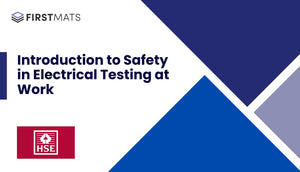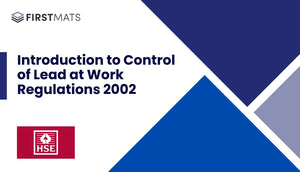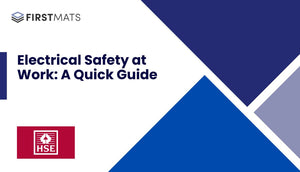Article Index:
Introduction
This article serves as a quick guide to understanding the key safety measures outlined in the Health and Safety Executive (HSE) document on using lift trucks safely (INDG457). Lift trucks, if not used properly, can pose a significant risk to operators and others in the vicinity. This guide simplifies the HSE's advice for lift truck operators, providing an easy-to-understand overview of the do's and don'ts of lift truck operation.
Operating Lift Trucks
When operating lift trucks, it is crucial to:
- Carry out a pre-shift check of the lift truck
- Wear operator restraints, where fitted
- Look all around before moving off and in the direction of travel
- Travel at a speed suitable for the location and the load you are carrying
- Travel with the forks lowered, but clear of the ground
- Be mindful of pedestrians and obstructions
- Avoid sudden stops and violent braking
- Slow down at corners, doorways, and sound the horn where necessary
- Apply the parking brake when leaving the lift truck
- Face the lift truck and use steps and handholds when getting in or out
What to Avoid
It is equally important to avoid certain actions when operating lift trucks:
- Do not operate a lift truck unless you are trained and authorised to do so
- Do not use a lift truck or equipment you know is not working properly
- Do not operate controls from outside the cab, unless it is designed so you can do this
- Do not stand on or near the controls to reach the load or anything outside the cab
- Do not travel on uneven ground unless the lift truck is suitable for this
- Do not run over unprotected cables or flexible pipes
- Do not try to carry out repairs – leave this to a qualified maintenance engineer
- Do not operate a lift truck when under the influence of alcohol or drugs
- Do not use mobile phones or other hand-held devices while operating or travelling
Handling Loads
When handling loads, always:
- Observe floor loading limits
- Ensure there is adequate clearance for the lift truck and load, including overhead
- Lower loads at a safe speed
- Use suitable attachments for lifting unusual or wide loads and follow the manufacturer’s instructions
- Ensure you are properly trained, competent and authorised to operate the lift truck with the attachment being used
Conclusion
This quick guide to the HSE's INDG457 document on using lift trucks safely covers the key points that operators need to know. Lift truck safety is paramount to prevent accidents and injuries. Always follow the safety guidelines and ensure you are trained and competent before operating a lift truck. Remember, safety first!







